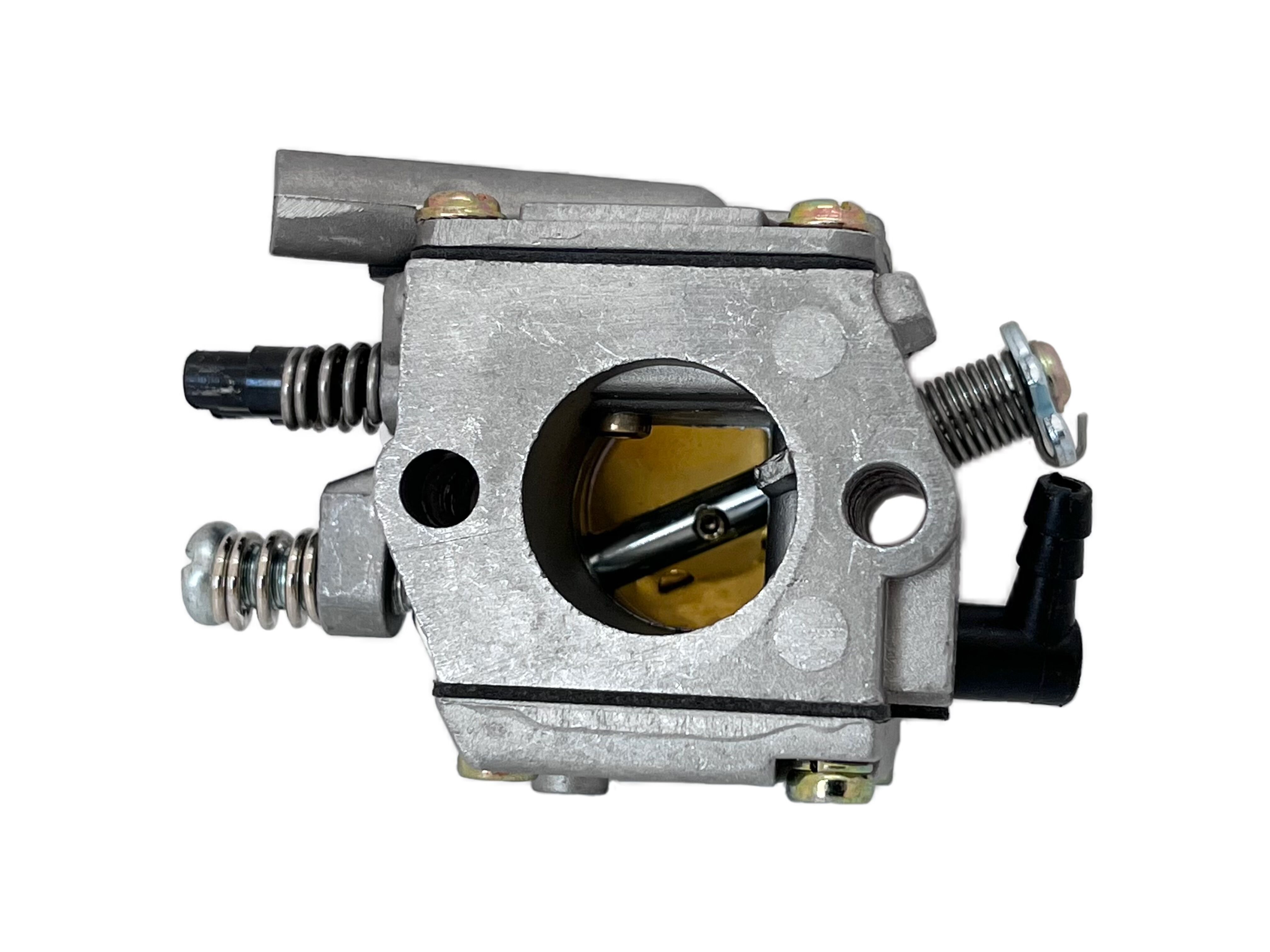Introduction
A chainsaw's carburetor greatly influences the power and reliability of the equipment. The carburetor is the small but important part that mixes the air and fuel that make your engines run, and it plays an equally crucial role in determining your chainsaw's performance and lifespan. Selecting the correct carburetor for your chainsaw model is crucial in maintaining optimal working conditions and lowest fuel consumption possible, as well as ensuring long tool life. From carburetor complexity, which carburetor you should run to how to install and maintain it this guide will walk you through choosing the correct option for your ride.
Understanding Carburetors
At the center of every chainsaw engine is a carburetor, which combines air and fuel in proper ratio with each other for combustion. Chainsaws use two types of carburetors — float bowl and diaphragm. Float bowl carburetors use a float to control the fuel level in the bowl and diaphragm carburetors utilize a diaphragm to regulate how much fuel should flow. Both types have their benefits and best suited for certain walks related to chainsaws.
How a Carburetor Works
Design based on a venturiAt the core of carburetor works what is known as a venturi effect, in which accelerating airflow (an air horn that draws in air) will lead to an atmospheric pressure drop — resulting in relatively low pressure inside a tube that siphons liquid (in this case, fuel from a float bowl). This mixture is then vaporized and injected into the cylinders of the engine for combustion. For the engine, it is important that these two be harmonized properly in relation to each other.
Factors that influenced carburetor selection
Some parameters that may decide your choice of a chainsaw carburetor are:
Select a carburetor based on your engine specifications like make and model of chainsaw.
Environmental Factors: Your chainsaw will operate differently depending on the altitude, humidity level and temperature where it will be used, all of which affect carburetor function.
Performance Requirement: If you also use your chainsaw for intensive work or professional components, then you need a high-performance carburetor.
The Top Chainsaw Carburetor: What To Buy
Model, as well as size of your engine determines the kind of carburetors to be used. And given the fact, chainsaws come with unique carburetors so you have to specifically choose one according to your chainsaw. For those living at high elevation or in cold weather you will want some adjustability with your carburetors to achieve decent performance as well.
Carburetor Sizing and Jetting
From a performance tuning standpoint, carburetor sizing and jetting are critical. Carburetor SizeA carburetor is the term for a big thing that will get lots of fuel to the engine, and, power. Jetting simply means replacing the fuel jets and needles to tailor the air-fuel mixture proper for certain conditions, enhancing both power and economy.
Installation and Tuning
The key to having your new carb function the way you intend, is for it to be installed correctly. Follow the manufacturer's installation instructions for installing the carb and tighten everything up. After it is installed, you typically have to make some sort of tweak to the carb—like adjusting idle speed and mixture screws—to get the best results.
How to keep it running and fix a broken one
Carburetor works well or not very important for your chainsaw performance and also about its life, so it is essential to keep the carburetor of your equipment well maintained. Sprinkle out the carburetor anyhow exterior dirt or perhaps rubble. Common problems include flooding, weak mixes or bad idle. Take care of these quickly before they escalate into something worse. If matters turn into habitual, the consider searching for expert assist.
The Link Between Chainsaw Lifespan and Carburetor Status
Here is how a well functioning carburettor can make sure your chainsaw stays around for many years. An overfilling of gas leads to excessive level and can create harm to cars engine. Most of these problems can be avoided with regular maintenance and timely carburetor repair, but it is a good idea to be aware of them if they occur in your chainsaw.
On the Pro Side: Getting a Carburetor Upgraded or Altered
For added performance, upgrade to a high-performance carburetor or have your original worked on. This can even include jettin kits for more accurate tuning, or a custom sized carb ready to flow enhanced volumes of fuel.
Legal and Environmental Factors
Engine Carburetors: Emission and Regulatory Compliance Opt for eco-carburetors that conform to emissions regulations. Old carburetors must also be disposed or recycled.
Conclusion
Acquiring the fit carburetor for your chainsaw is vital to be able to its functioning, efficiency and long-term utility. A wide variety of carburetor brands for chainsaws, the best carburettor selections, and all about maintenance imply that your chainsaw engine gets a steady supply of appropriate quantities of fuel.
Table of Contents
- Introduction
- Understanding Carburetors
- How a Carburetor Works
- Factors that influenced carburetor selection
- The Top Chainsaw Carburetor: What To Buy
- Carburetor Sizing and Jetting
- Installation and Tuning
- How to keep it running and fix a broken one
- The Link Between Chainsaw Lifespan and Carburetor Status
- On the Pro Side: Getting a Carburetor Upgraded or Altered
- Legal and Environmental Factors
- Conclusion

